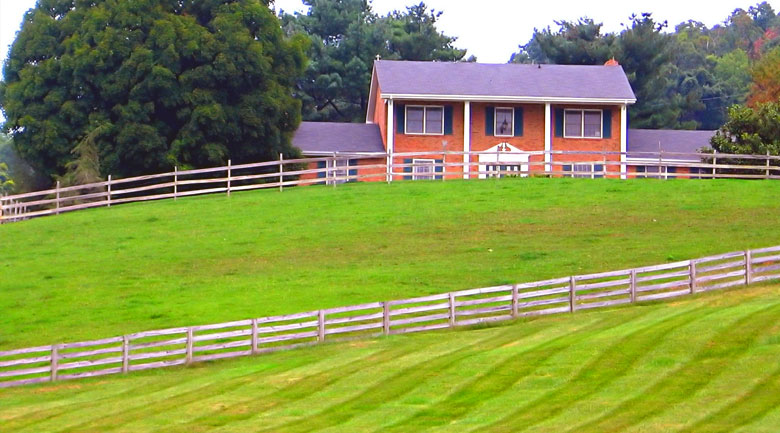life in the fast lane
If you live in a suburban or urban area, you probably can’t imagine going without internet for more than a few hours. And those hours are probably voluntary, a “cleanse,” or a deliberate, detoxifying disconnect. In rural areas, however, high speed internet is a rarity. Rather than yearning for the indulgence of disengaging, businesses as well as individuals may suffer from the inability to engage.
![]()
Trump-appointed FCC Chairman Ajit Pai hopes to blur that divide. In his September 2016 Digital Empowerment Agenda released during his term as FCC Commissioner, Pai outlined his plan to bring broadband connectivity to America’s rural population.
Only 55 percent of those in rural areas currently use broadband at home, compared to 67 percent of all adults, according to the Pew Research Center.
possible solutions
One solution involves “Gigabit Opportunity Zones.” These encourage broadband network installation by devising financial incentives for broadband providers who expand service to rural areas. The zones also offer tax credits to entrepreneurs who use the new networks to create jobs.
The same Pew Research Center study showed that broadband home internet adoption across all adult populations has grown stagnant, and even decreased in the past few years (down from 70 percent in 2013 to 67 percent in 2015). Conversely, adults with smartphones but no broadband at home have increased, up from 8 percent in 2013 to 13 percent in 2015.
This could indicate a shift away from home broadband to mobile broadband.
At the same time, more Americans assert that home broadband internet access is vital for things like job hunting and health care information.
Accordingly, Pai’s three-step plan also aims to improve high speed mobile broadband across rural America.
Pai’s proposal
Pai proposes increasing the buildout obligations relevant to wireless providers, enacting the second phase of the FCC’s Mobility Fund, and sanctioning a “rural dividend” from the sale of wireless spectrum.
[clickToTweet tweet=”If all goes according to plan, rural populations will have access to “smart” technologies ” quote=”If all goes according to plan, rural populations will have access to “smart” technologies that are growing omnipresent in more urban areas. “]
This could allow for more precision agricultural techniques, more efficient business transactions across rural America, and the simple luxury of choosing, rather than being forced, to disconnect.
#internetforeveryone
Staff Writer, Natalie Bradford earned her B.A. in English from Cornell University and spends a lot of time convincing herself not to bake MORE brownies. She enjoys cats, cocktails, and good films - preferably together. She is currently working on a collection of short stories.










































